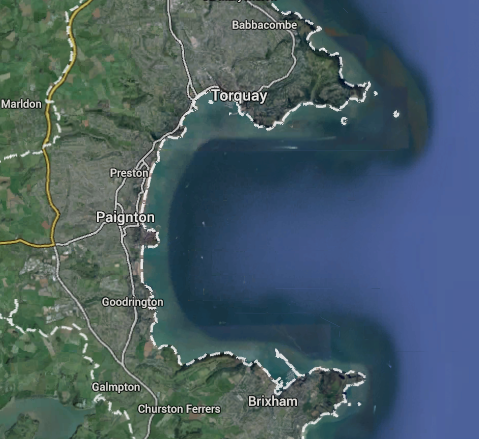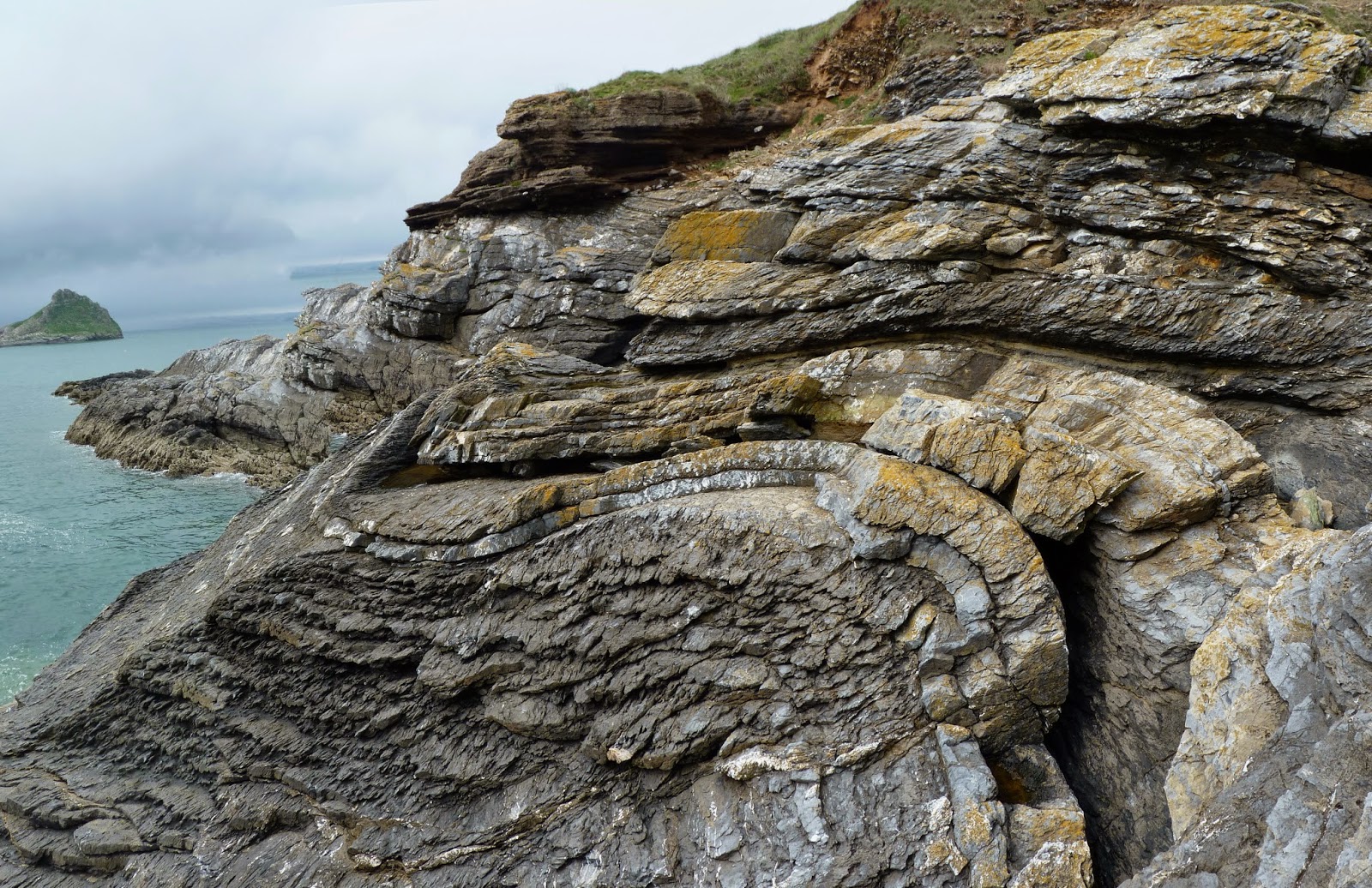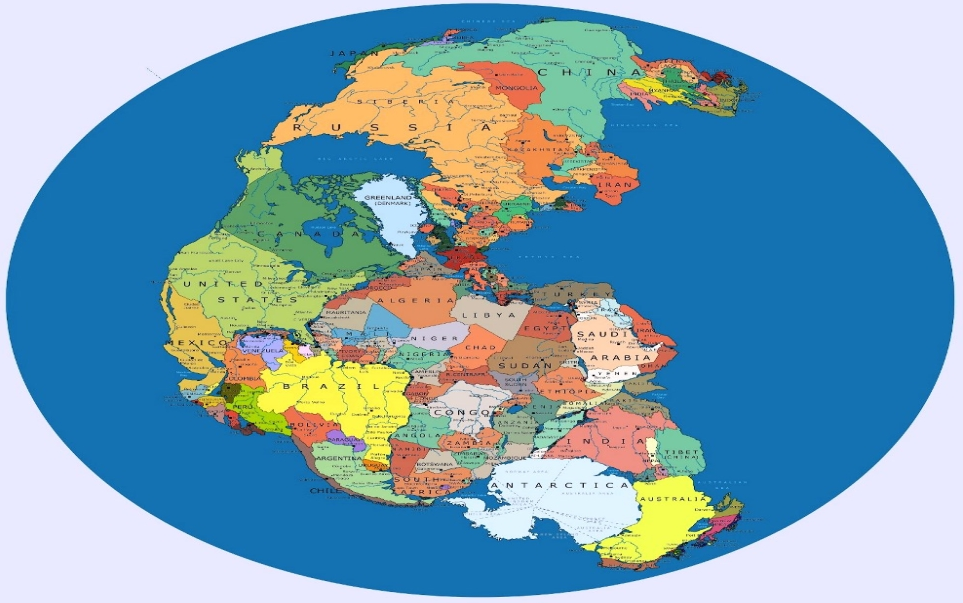Slapton this year was a rather tame affair compared to previous years (check out last-year's blog post for a run through the (repeatable) hilarities) with the students being a rather sensitive (read 'boring') lot. Due to the relative lack of shenanigans, and my attempts to run a sensible, scientific outreach blog here, I thought I'd concentrate on writing up what has always been my favorite day of the trip.
The day's activities come under the title, 'From Reefs to Deserts' and are one of the student's first introductions to the idea of how the UK has migrated across the surface of the Earth and experienced various climactic regimes and sea levels over Earth's history.
 |
| Torbay |
In the morning we drive out to the Devonian type section north of the bay, here we find a sequence of bioclastic limestone through an ancient thriving reef system.
 |
| The students on the limestone |
 |
| Devonian fossils, 2 solitary corals, a colonial coral and a stromatoporid (a simple sponge like animal) |
Unfortunately for the reef dwellers, this idyllic spot what not to stay that way; this shallow sea was actually located near to explosive volcanic island-arc (related to the subduction of the closing ocean). Catastrophic eruptions buried the reef under up to half a metre of ash and the rarity of fossils up section from this show that this, and subsequent smaller eruptions, had a great and long lasting effect on the marine environment.
 |
| Ash layer in the Devonian limestone |
 |
| Anticlinal fold in the Devonian limestone |
 |
| Pangea in the Permian (image from) |
Over time, possibly as the gradient from the mountains to the sea became shallower as the highlands eroded away, or the climate became even more arid, the power of the rivers waned.
The upper half of the sequence still shows a cyclic sequence of wadi pebble beds going up into fine sands but the clast sizes are all much smaller. At the top of many of the sequences it can be seen that flow ceased and the river bed dried out completely. At these times of increased aridity, fine muds were deposited, these dried out in the sun, shrinking and breaking up into now beautifully preserved desiccation cracks. Normally these delicate cracks do not preserve very well, being torn up by the return of the water. However, at this locality, yellow aeolian sands have been blown in by the wind and infilled the cracks, preserving them to the present day (see photo ).
 |
| Permian desert sandstones, wadi deposits with desiccation cracks infilled with (yellow) wind-blown aeolian sands |
 |
| Desiccation cracks in the mud at the top of the wadi sequences |
Knowing my eventual aim, after a few post-doc's, is to get into lecturing, my PhD supervisor who runs this part of the fieldcourse gave me my first taste of actual lecturing by encouraging me to sum up this site to the students in the field, which was an interesting change from the normal demonstrating.
At both sites, overlaying the sequences we find in angular unconformity with hundreds of millions of years' worth of the stratigraphic record eroded away and transgressive lag and Quaternary beach deposits, from the last glacial, just ten thousands years ago, directly overlaying the limestone and sands .
 |
| Quatary beach sediments unconformably overlaying the folded and faulted Devonian limestones |
So, being now well into the third year of my PhD, this was almost certainly my last trip to Slapton and, depending where I end up next, probably my last chance for demonstrating to undergraduates for a while. I've really enjoyed my three trips down there, they have really proved to me that Earth Science lecturing (alongside some good solid geology research) is what I really want to get into, for at least a good chunk of my academic career. I hope whoever succeeds me in being the go-to generic Earth Science demonstrator enjoys it just as much as I have, and if they come across these rambles from the last few years they find them useful.




No comments:
Post a Comment